



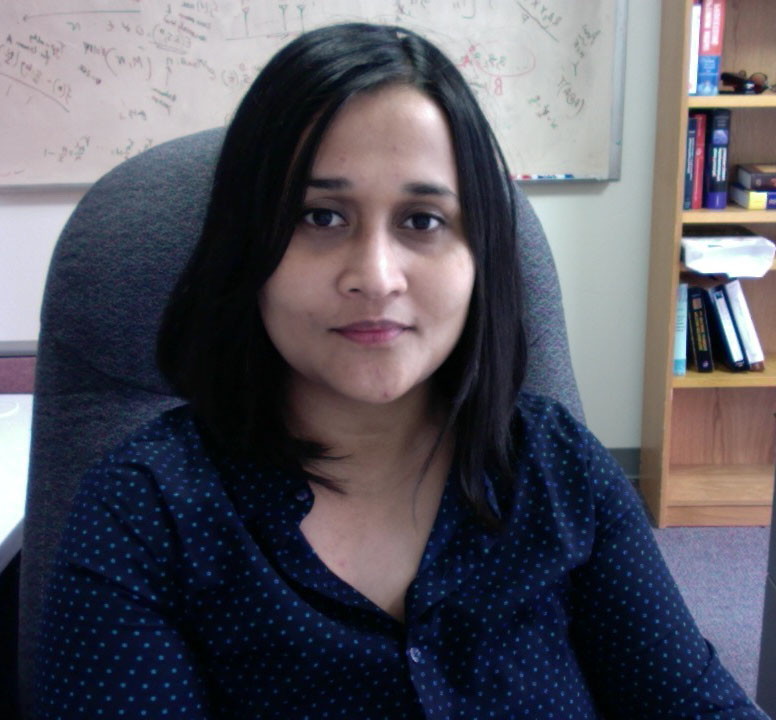
Title: Difference Sets and Structured Quadratic Samplers for High Resolution Imaging
Speaker: Piya Pal
Assistant Professor, Dept. of Electrical&Computer Engineering
University of Maryland, College Park
Abstract: High Resolution source localization is an important problem arising in applications across multiple disciplines. The goal is to identify the location of point sources from plane waves captured at an array of sensors in the form of a space-time series. By associating a q th (q≥2) order difference set corresponding to the physical sensor locations, I will demonstrate its role in source localization from q th order statistics of the spatiotemporal data. In particular, difference sets will be shown to naturally appear in a certain quadratic function of the sampling operator, which plays a crucial role in determining the structure of the covariance matrix of the received signals. By exploiting the additional degrees of freedom in the difference set, is possible to localize O(M q ) sources with only M sensors, by using new geometries for spatial samplers. The difference set also plays important role in determining the robustness of these quadratic samplers against perturbation or calibration errors. In particular, the redundancies present in the difference set can be exploited to ensure identifiability of source parameters in presence of such errors. Finally, the role of 2 nd order difference sets in complex phase retrieval will be demonstrated, inspiring the design of a new class of non uniform Fourier based sampler, that can provably recover a complex signal (upto a global phase ambiguity) from its amplitude measurements with near-minimal number of samples. An interesting connection with the 4N-4 conjecture will also be established, which hypothesis 4N-4 to be the minimum number of generic measurements necessary for injectivity for phase retrieval of an N dimensional complex signal.

Title: Hypothesis Testing in the High Privacy Limit
Speaker: Lalitha Sankar
Assistant Professor, Department of Electrical, Computer, and Energy
Arizona State University
Abstract: Binary hypothesis testing under the Neyman-Pearson setup is a statistical inference formulation for distinguishing data generated by two different source classes. Privacy restrictions may require the curator of the data or the data respondents themselves to share data with the test only after applying a randomizing privacy mechanism. Using mutual information as the privacy metric and the relative entropy between the two distributions of the output (post-randomization) source classes as the utility metric, this work focuses on finding the optimal mechanism that maximizes the chosen utility function while ensuring that the mutual information based leakage for both source distributions is bounded. The resulting utility-privacy tradeoff problem is that of finding the randomizing privacy mechanism that maximizes the relative entropy for a given pair of constraints on the mutual information of each source and its output. Focusing on the high privacy regime, an Euclidean information-theoretic (E-IT) approximation to the tradeoff problem is presented. It is shown that the solution to the E-IT approximation is independent of the alphabet size and clarifies that a mutual information based privacy metric exploits the source statistics and preserves the privacy of the source symbols in inverse proportion to their likelihood.
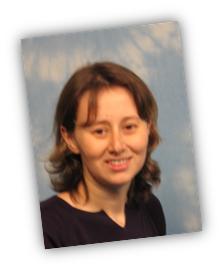
Title: Remotely Powered Communications
Speaker: Ayfer Özgur
Assistant Professor, Electrical Engineering Department
Stanford University
Abstract: The advancements in radio frequency power transfer over the recent decades have enabled efficient wireless power transfer over longer distances and many future "Internet of Things" applications are expected to rely on wireless powering. Motivated by these developments, we study communication with a remotely powered transmitter. We propose an information-theoretic model where a charger can dynamically decide how much power to transfer to the transmitter based on its side information regarding the communication, while the transmitter needs to dynamically adopt its coding strategy to its instantaneous energy state, which in turn depends on the actions previously taken by the charger. We characterize the capacity as n-letter mutual information rate under various levels of side information available at the charger. In some special cases, motivated by different settings of practical interest, we simplify these expressions to single-letter form, or provide an algorithm to efficiently compute capacity using dynamic programming. Our results provide some surprising insights on how side information at the charger can be used to increase the overall capacity of the system. This is joint work with Dor Shaviv (Stanford) and Haim Permuter (Ben Gurion University).

Title: Recent results in content type coding
Speaker: Christina Fragouli
Professor, Electrical Engineering
UCLA
Abstract: Content type coding starts from the observation that, in many cases, we do not need to serve specific messages, but rather, any message within a content-type. Content-type traffic pervades a host of applications today, ranging from search engines and recomender networks to newsfeeds and advertisement networks. In our work we ask a novel question: if there are benefits in designing network and channel codes specifically tailored to content-type requests. We provide theoretical bounds and algorithms, and show that in some cases we can achieve exponential benefits in polynomial time.

Title: On nanopore sequencing
Speaker: Suhas Diggavi
Professor, Electrical Engineering
UCLA
Abstract: While DNA sequencing technology has undergone a major revolution, the read lengths afforded by most popular sequencing technologies still remain small (in the range of 100-200). A promising alternative to short read sequencers is provided by nanopore sequencing, where DNA is passed through a nanopore and the induced current variations due to differing nucleotides can be read accurately from the nanopore. This technology has the potential to read long DNA fragments, potentially even allow the sequencing of the entire genome at one shot. However, there are many algorithmic challenges in realizing this potential, due to many transformations between the DNA nucleotide and the the nanopore current. In this talk, we propose a mathematical model for nanopore sequencing and develop some algorithms and analysis for nanopore sequencers.

Title: Speed Control in a Multiple Access Server under Delay Constraints
Speaker: Sibi Raj Pillai
Associate Professor, Department of Electrical Engineering
IIT Bombay
Abstract: A set of distributed queues served by a MAC server is considered. The objective is to design optimal packet schedulers and server-speed (rate) adaptation techniques to meet the constraints on average or maximal delay, and transmit power. For the maximal delay metric, schedulers minimizing the average power can be identified by an iterative procedure. The average packet delay case is closely connected to service rate controlled queues, this can be exploited to obtain efficient communication schemes using the shortest remaining processing time first (SRPT) policy.
 Shun Watanabe
Shun Watanabe
Title: Sensitivity of Functions and Distributed Computing
Speaker: Shun Watanabe
Associate Professor, Department of Computer and Information Sciences
Tokyo University of Agriculture and Technology, Japan
Abstract: We consider a distributed coding problem for function computation. For i.i.d. sources with positivity condition, it was shown by Ahlswede-Csiszar that, if a function to be computed is sensitive, then the communication rate that is needed to compute that function is as large as reproducing the entire source. In this talk, we will discuss various generalisation of this claim, which leads to a dichotomy theorem that is different from Han-Kobayashi’s dichotomy theorem. Furthermore, we will discuss the optimal communication rate for some class of functions that are not sensitive. This talk is based on a joint work with Shigeaki Kuzuoka.
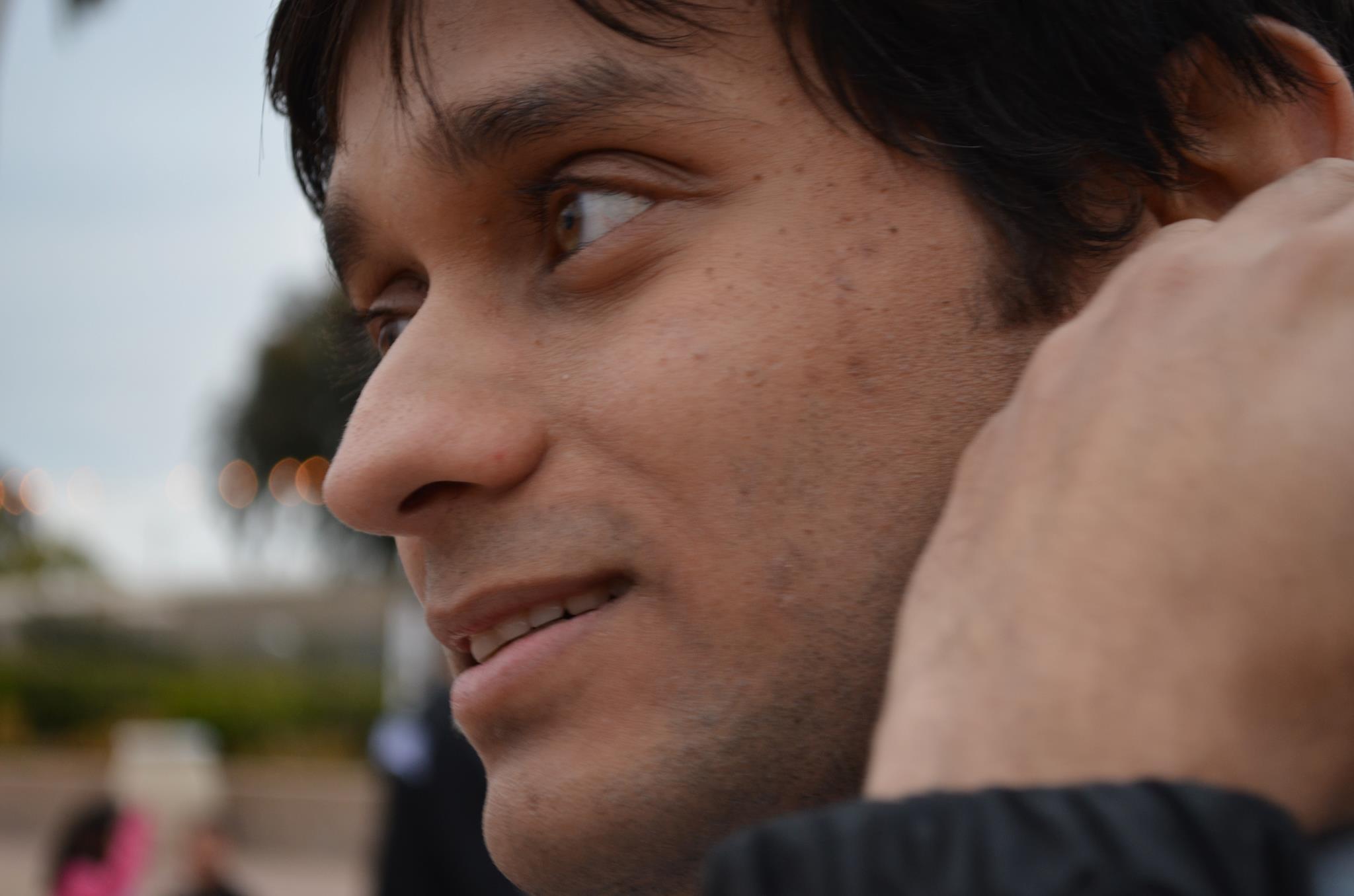
Title: Index Coding and Local Partial Clique Covers Index coding
Speaker: Arya Mazumdar
Assistant Professor, Department of Computer Science
University of Minnsota
Abstract: Index Coding and Local Partial Clique Covers Index coding, or broadcasting with side information, is a network coding problem of most fundamental importance. In this problem, given a directed graph, each vertex represents a user with a need of information, and the neighborhood of each vertex represents the side information availability to that user. The aim is to find an encoding to minimum number of bits (optimal rate) that, when broadcasted, will be sufficient to the need of every user. Not only the optimal rate is intractable, but it is also very hard to characterize with some other well-studied graph parameter or with a simpler formulation, such as a linear program. Recently there have been a series of works that address this question and provide explicit schemes for index coding as the optimal value of a linear program with rate given by well-studied properties such as local chromatic number or partial clique-covering number. There has been a recent attempt to combine these existing notions of local chromatic number and partial clique covering into a unified notion denoted as the local partial clique cover (Arbabjolfaei and Kim, 2014). We present a generalized novel upper-bound (encoding scheme) - in the form of the minimum value of a linear program - for optimal index coding. Our bound also combines the notions of local chromatic number and partial clique covering into a new definition of the local partial clique cover, which outperforms both the previous bounds, as well as beats the previous attempt to combination.

Title:
Speaker: Abhay Karandikar
Professor, Department of Electrical Engineering
IIT Bombay
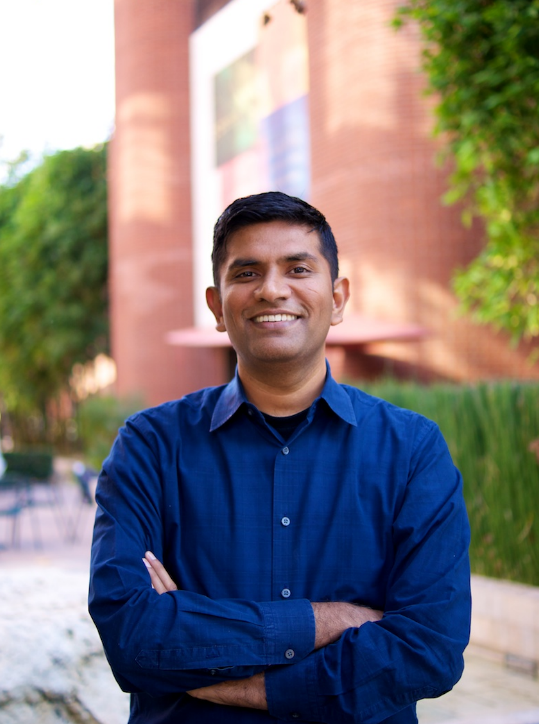
Title: Online Learning of Power Allocation Policies in Energy Harvesting Communications
Speaker: Bhaskar Krishnamanchari
Professor, Department of Electrical Engineering
USC
Abstract: Online Learning of Power Allocation Policies in Energy Harvesting Communications We consider the problem of power allocation over a time-varying channel with an unknown distribution in energy harvesting communication systems. In this problem, the transmitter needs to choose its transmit power based on the amount of stored energy in its battery with the goal of maximizing the average rate obtained over time. We model this problem as a Markov decision process (MDP) with the transmitter as the agent, the battery status as the state, the transmit power as the action and the rate obtained as the reward. The average reward maximization problem over the MDP can be solved by a linear program (LP) that uses the transition probabilities for the state-action pairs and their mean rewards to choose a power allocation policy. Since the rewards associated the state-action pairs are unknown, we propose an online learning algorithm UCLP that learns these rewards and adapts its policy with time. The UCLP algorithm solves the LP at each time-step to choose its policy using the upper confidence bounds on the rewards. We prove that the reward loss or regret incurred by UCLP is upper bounded by constant.
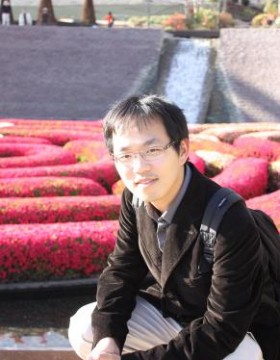
Title: A New Competitive Ratio for Network Applications
Speaker: I-Hong Hou
Assistant Professor,Department of Electrical and Computer Engineerin
Texas A&M University
Abstract: A New Competitive Ratio for Network Applications with Hard Performance Guarantees Network applications in highly mobile systems need to employ online algorithms that do not rely on precise predictions about future events. In order to meet hard performance guarantees in the presence of unknown future events, common practice is to add redundancy to the systems. In this paper, we define a new competitive ratio that reflects the amount of redundancy needed to ensure some given performance guarantees. We study two special applications, namely, online job allocations in cloud computing and online scheduling in delayed mobile offloading, and propose online algorithms for each of them. We prove that our algorithms are optimal. By comparing our algorithms with commonly used other policies, we also show that our policies need much less redundancy than those commonly used policies to provide the same degree of performance guarantees.
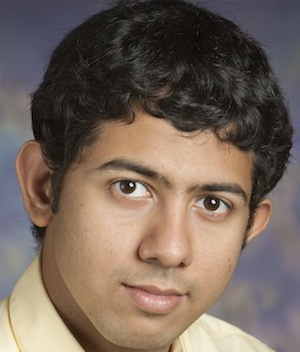
Title: Conditional Dependence Measures: Axioms, Estimators and Biological Applications
Speaker: Sreeram Kannan
Assistant Professor, Department of Electrical Engineering
Univerity of Washington, Seattle
Abstract:We conduct an axiomatic study of the problem of estimating the strength of a known causal relationship between a pair of continuous variables. We propose that an estimate of causal strength should be based on the conditional distribution of the effect given the cause (and not on the driving distribution of the cause), and study dependence measures on conditional distributions. Shannon capacity, appropriately regularized, emerges as a natural measure under these axioms. We examine the problem of calculating Shannon capacity from samples and design a simple, consistent and efficient fixed k-nearest neighbor estimator. The estimators have a direct application in inferring information flow in genetic circuits and are shown to outperform state-of-the-art estimators in single cell flow Cytometry.
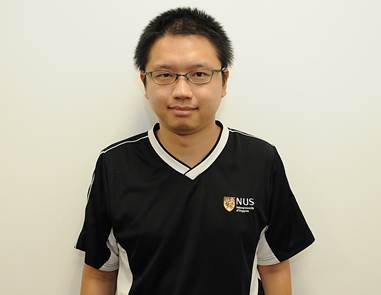
Title: The epsilon-Capacity Region of AWGN Multiple Access Channels
Speaker: Vincent Y.F. Tan
Assistant Professor, Department of Electrical and Computer Engineering
NUS
Abstract:we establish the epsilon-capacity region for the AWGN multiple access channel (MAC) with feedback under an expected power constraint by combining ideas from binary hypothesis testing, information spectrum analysis, Ozarow's coding scheme, and power control. This talk is based on joint work with Lan V. Truong and Silas L. Fong (NUS)
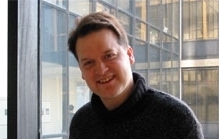
Title: Analysis of Double Covers of Factor Graphs Many quantities of interest in communications
Speaker: Pascal Vontobel
Associate Professor, Department of Information Engineering
The Chinese University of Hong Kong
Abstract: Analysis of Double Covers of Factor Graphs Many quantities of interest in communications (like the constrained capacity of a storage system) and other areas can be expressed as the partition sum of some factor graph. Although the exact calculation of the partition sum is in many cases intractable, it can often be approximated rather well by the Bethe partition sum. In earlier work, we have shown that graph covers are a useful tool for expressing and analyzing the Bethe approximation. In this paper, we present a novel technique for analyzing double covers, a technique which ultimately leads to a deeper understanding of the Bethe approximation.

Title: Efficient CSMA Based on Kikuchi Approximation
Speaker: Krishna Jagannathan
Assistant Professor, Department of Electrical Engineering
IIT Madras
Abstract: CSMA algorithms based on Gibbs sampling can achieve throughput optimality if appropriate attempt rates are employed. However, the problem of computing these attempt rates is NP-hard. Inspired by the well-known Kikuchi approximation, we propose a simple distributed algorithm, which obtains closed form estimates for the attempt rates. We also prove that our algorithm is exact for a class of graphs, called the chordal graphs. Numerical results suggest that the proposed algorithm outperforms the existing Bethe approximation based algorithms for spatial networks.

Title: A Fast Algorithm for Demixing Signals with Structured Sparsity Demixing
Speaker: Chinmay Hedge
Assistant Professor, Department of Electrical and Computer Engineering
Iowa State University
Abstract: A Fast Algorithm for Demixing Signals with Structured Sparsity Demixing, or source separation, involves disentangling a complicated signal into simpler, more informative components. Algorithms for signal demixing impact several applications, ranging from interference cancellation in communication signals, foreground-background separation in images and video, and outlier suppression in machine learning. Central to several modern demixing algorithms is an assumption of some form of low-dimensional structure in the signal components. However, the majority of these modern algorithms are based on convex optimization, and their computational complexity can be high (polynomial) in terms of the signal size. In this paper, we propose a new algorithmic approach for signal demixing based on structured sparsity models. Our approach leverages recent advances in constructing sparsity models via appropriately chosen graphs; this graphical approach can be shown to model a diverse variety of low-dimensional structures in signals. Despite being highly nonconvex, we show that our algorithm exhibits a nearly-linear running time, and therefore is scalable to very high-dimensional signals. We supplement our proposed algorithm with a rigorous theoretical analysis, providing sufficient conditions for provably reconstruction of the underlying components. Finally, we demonstrate the validity of the method via numerical experiments on real 2D image data.
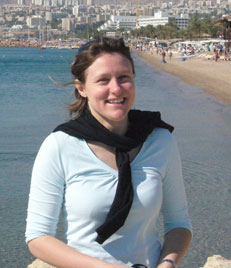
Title: Testing Against Independence with Multiple Decision Centers
Speaker: Michèle Angela Wigger
Assistant Professor, Communications and Electronics Department
Telecom ParisTech
Abstract: Testing Against Independence with Multiple Decision Centers We consider a three-terminal distributed hypothesis testing against independence problem. Two terminals act as decision centers and have to decide whether their observed sequences are independent of the sequence observed at the third terminal. The third terminal communicates with the two decision centers over rate-limited noise-free pipes. We characterize the optimal exponential decays of the type-II error probabilities at the two decision centers given that the type-I error probabilities vanish for increasing blocklengths. This exponential decays are functions of the maximum rates allowed over the noise-free communication pipes.
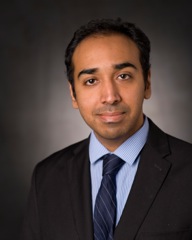
Title: Recent results in multi-version codes, update-efficient codes and consistent shared memory emulation
Speaker: Viveck Cadambe
Assistant Professor, EE Department
Pennsylvania State University
Abstract: In several modern applications of distributed storage systems including implementation of key value stores, it is important to ensure consistency. Consistency is the notion that, as the data stored gets updated, a client trying to read the data should get the most recent version of the data. The problem of ensuring consistent access to data despite frequent updates in a distributed storage system is well studied in distributed systems theory, and is often referred to as *shared memory emulation* in literature. In information theory, the *multi-version coding* framework has been proposed recently as a method of analyzing storage costs in systems where consistency is important. In this talk, we review the multi-version coding framework and present some new results. First, we use simple ideas related to Slepain-wolf coding and update efficient codes to obtain significant storage cost savings when successive data versions are correlated. As a byproduct, we settle a conjecture related to the update efficiency of a good code for the erasure channel. Finally, we describe results that explicitly connect the multi-version coding model to the shared memory emulation model.
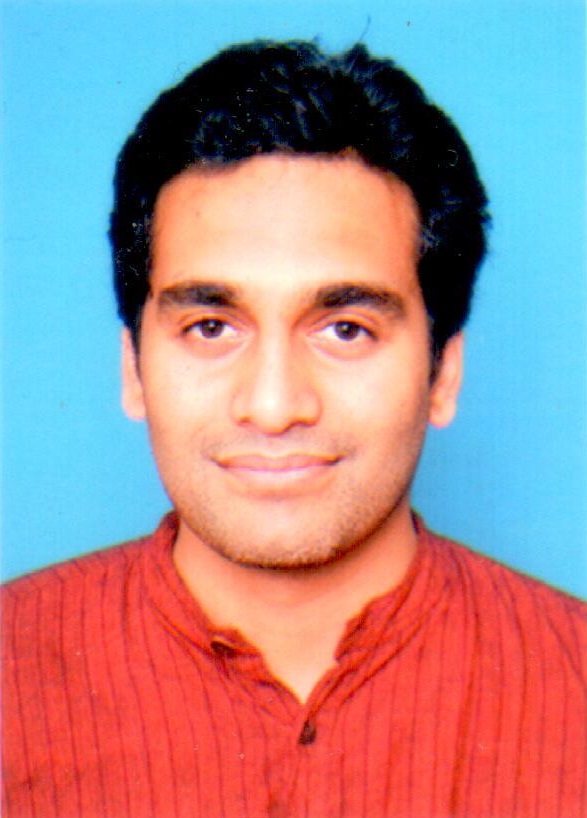
Title: Zero Rating: Can ISPs Choose Winning Content?
Speaker: Jayakrishnan U Nair
Assistant Professor, Department of Electrical Engineering
IIT Bombay
Abstract: Services with discriminatory pricing of content by Internet Service Providers (ISPs) have resulted in significant controversy in the recent past, in India and around the world. In our public discourse, conflating discriminatory pricing with net neutrality (technically, non-discriminatory treatment of packets in the network) has added intensity to the debate. However, the effect of such pricing, while still being non-discriminatory in carriage, has not been well understood. This work addresses that gap. We focus on zero rating, a popular model of discriminatory pricing in which a certain basket of `zero-rated' Internet services is made available to customers for free. These zero-rated services are in turn sponsored by payments to the ISP by the corresponding content providers (CPs). We analyse a stylised model with one ISP and two CPs offering comparable content, each of whom can choose to either sponsor or not sponsor their service. The price for the customer and the price of sponsorship is determined by the ISP. Our analysis reveals that zero-rating grants the ISP significant power to `shape' the market in the sense that it can set prices to create content monopolies. This power can be exercised to maximise profits or for other purposes. Indeed, we show that the ISP has an incentive to skew the market, creating a near monopoly for one of the CPs. Interestingly, profit maximisation is achieved through a single `sponsoring price' which can appear to be non-discriminatory. (Based on joint work with Kunal Phalak and D. Manjunath)
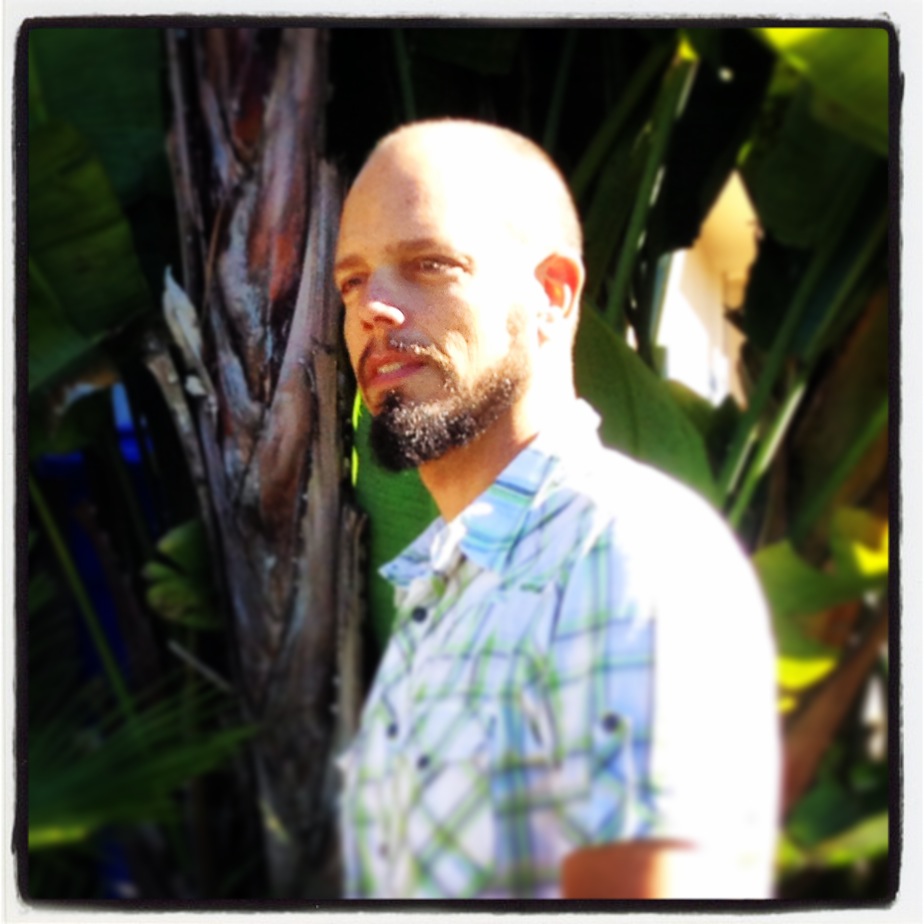
Title: Completely blind sensing of multi-band signals
Speaker: Massimo Franceschetti
Professor, Electrical and Computer Engineering
UCSD
Abstract: We consider real multi-band signals $f(t)$ observed over an interval $[-T/2,T/2]$, whose Fourier transform is zero outside $[-\Omega,\Omega]$, and whose support set in the frequency domain is of measure at most $2\Omega'$, where $\Omega' \ll \Omega$. Since $f(t)$ is bandlimited, it can be reconstructed up to arbitrary precision over the observation interval using a number of measurements $N=\Omega T/\pi + o(T)$, as $T \rightarrow \infty$. If we have knowledge of the suppport set of the Fourier transform of $f(t)$, then a theorem of Landau and Widom ensures that such reconstruction is also possible using only $S=\Omega' T/\pi + o(T)$ measurements, and this number is minimum in a precise approximation-theoretic sense. However, assuming we only know that the total measure of the support set is at most $\Omega'$, without further investigation we can only conclude that a number of measurements $M$ sufficient to recover $f(t)$ satisfies $S \leq M \leq N$. Determining this number precisely is the \emph{completely blind sensing} problem, and is an open question. Usually, partially blind sensing is performed, assuming to have some partial spectral information available a priori. In this paper, we show that if $M=c_{\delta} S$, then the signal can be recovered in a completely blind setting using $M$ measurements, where $c_{\delta}$ is a constant which depends on the reconstruction accuracy $\delta$. We also show that such reconstruction is robust to measurement errors.
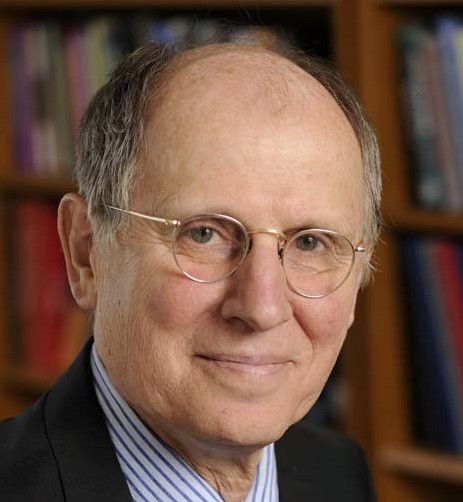
Title: Dealing with Unwanted Information in Speech
Speaker: Hynek Hermansky
Professor, Electrical and Computer Engineering
Johns Hopkins University
Abstract: Besides a message, speech carries information from a number of additional sources, which introduce irrelevant variability (noise). As discussed in the talk, such noise comes in several distinct forms. Noise with predictable effects can be often suppressed analytically, and we discuss some techniques for doing so. Unpredictable effects of expected noise are typically successfully dealt with by extensive training of a machine using noisy data. Such multi-style training is currently the technique of choice in most practical situations, which is often hard to beat. However, we argue for alternative adaptive multi-stream approaches, which could in principle also deal with noises that are unexpected. Our current efforts in this direction are discussed.
Title: Incorporating Scheduling in Poisson Point Process Model for Cellular Networks
Speaker: Radha Krishna Ganti
Assistant Professor, Department of Electrical Engineering
IIT Madras
Abstract: Owing to its realism and tractability, Poisson Point Process (PPP) has emerged as a popular option for modelling and analyzing cellular networks. The usual approach for the downlink analysis is to consider a typical user at the origin, which connects to one of the base stations as per a predefined cell selection rule, such as connecting to the geographically closest base station. Assuming the rest of the base stations to be interfering, the goal is then to derive the signal-to-interference ratio (SIR) distribution for the typical user. While this approach has been used successfully to evaluate key performance metrics for the typical user, the whole idea of picking up a typical user for analysis is not sufficient to study the performance of scheduling schemes, where the goal is to schedule one user from amongst multiple options based on a certain criteria. Due to the interference-induced correlation, the SIR and other related metrics observed by all the users served by a given base station are correlated across time and space. This is the key technical challenge in incorporating scheduling in a PPP cellular model. In this talk, we discuss the scheduling problem in conjunction with stochastic geometry. In addition to highlighting the analytical challenges, we provide some initial results and list open problems in this area.

Title: On the Indexability of a Class of Restless, Hidden-Markov Model Multiarm Bandits
Speaker: D. Manjunath
Professor, Department of Electrical Engineering
IIT Bombay
Abstract: We consider a restless multi-armed bandit in which each arm can be in one of two states, say 0 or 1. Sampling the arm brings it to a known state, say state 0. Not sampling the arm takes it from state 0 to state 1 with probability $p_n$ for arm $n.$. If the arm is in state 1, then it stays in that state with probability one when it is not sampled. The state of an arm is never observed, but when it is sampled, a unit reward is obtained with probability one if the arm is in state 1 and with probability $r_n$ if the arm is in state $0.$ Since the state of an arm is never observed, we only have a belief about the state of the arm. This belief can be updated based on the observed reward when it is sampled and using $p_n$ when it is not sampled. We show that this multi-armed bandit is Whittle-indexable and obtain a closed form expression for the Whittle index for each arm using the belief about the state of the arm. To the best of our knowledge, this class of restless, hidden, Markovian bandits have not been studied in the literature. This model is motivated by playlist creation in which each arm is an item, and state 1 represents the state when the user prefers listening to the item. The minimum preferred gap between consecutive plays of item $n$ is governed by $p_n$, while $r_n$ models a residual level of interest in the item in state 0. [Joint work with Rahul Meshram and Aditya Gopalan]








